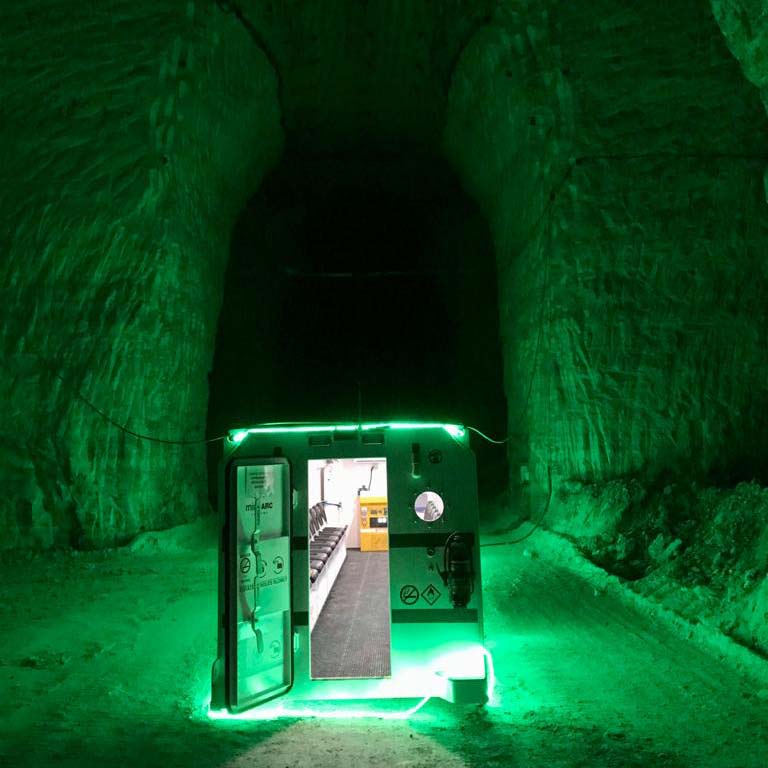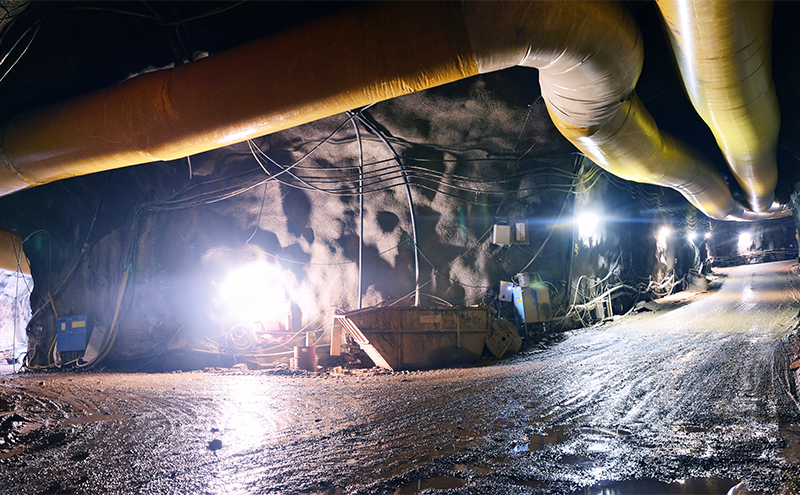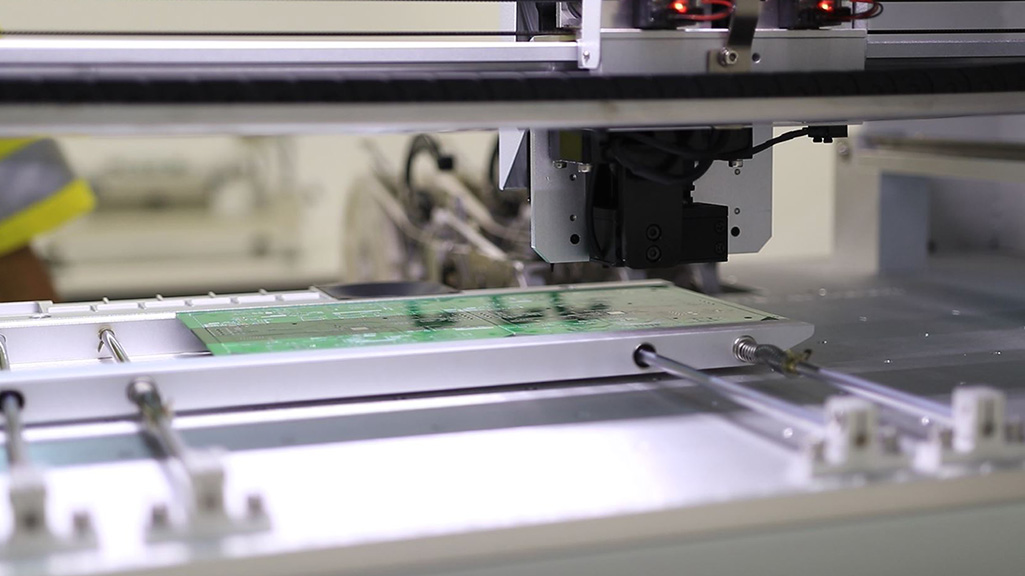Refuge chambers and Fresh Air Bases (FAB) are two alternate shelters used in underground mines, particularly during emergencies. Each structure has a different purpose and offers varied support levels. While at face value, these shelters can appear similar, and often mistakenly, the terms are interchanged, they are vastly different. Taking refuge in either one of these can significantly impact survivability.
Here we review, the differences between a fresh air base and a refuge chamber and why they matter in an underground emergency.
Key Takeaways
- There are several differences between a fresh air base and an underground refuge chamber, including air supply and gas monitoring, which impact their emergency use suitability.
- FABs are primarily used as an operational stronghold for emergency response teams to coordinate rescue efforts underground.
- Refuge chambers are purposefully designed to protect people inside from external hazards, often situated in multiple locations throughout a mine, particularly near active areas.
What is a Refuge Chamber and What is a Fresh Air Base?
What is a Refuge Chamber?
Also known as a refuge bay, refuge station or refuge alternative, a refuge chamber is a sealed, airtight shelter used in emergencies. It contains a series of additional redundancies to support life while occupants wait for the danger to pass or receive assistance from emergency response teams.
Underground refuge chambers can be built-in structures or portable shelters, depending on capacity and location. They contain multiple redundancies to supply breathable air, gas monitoring, and power. They are designed to maintain a habitable environment, with cooling, communication devices, toilet facilities, food, and drinkable water.
The main purpose of a refuge chamber is to provide a:
- Safe refuge if the external environment becomes hazardous, providing a controlled atmospheric environment to sustain life. By protecting the user from an external irrespirable atmosphere containing contaminants that would be an immediate threat to or not sustainable to support life.
- Muster Point during any emergency. Personnel are located and accounted for as the refuge chamber maintains a fresh source of air, communications, and other resources critical to survival.
- Point of retrieval of personnel by emergency services.
What is a Fresh Air Base (FAB)?
Also known as FABs or fresh air bays, a fresh air base in an underground station with a dedicated air supply is designed to be used as a temporary stop during evacuation. They allow emergency rescue teams to recover, strategize and communicate with the surface.
FABs are built into a mine’s structure, generally under the guidance of ventilation engineers. Fresh air bases are carved out pockets that contain a continuous air flow and sit outside of the direction of return airways.
These bases should be located adjacent to a fresh air source and identified by signs. They usually contain a copy of the most recent emergency procedures, a surface communication device, and have a supply of potable water and compressed air.
Why Do You Have both Fresh Air Bases and Refuge Chambers?
Both Fresh Air Bases and Refuge Chambers can be used as part of emergency evacuation procedures but are built to provide differing support.
FABs provide an operational stronghold for emergency response teams to coordinate rescue efforts underground – acting as a pivotal point for communications, planning and a safe location for ambulances and dispatched teams to return. A FAB Controller coordinates operation from the base, maintaining communication lines, monitoring activities, and recording data.
On the other hand, refuge chambers provide a safe location for underground crews to safely wait until emergency response teams arrive or the danger subsides. These chambers are purposefully designed to protect people if the external environment is hazardous, providing a controlled atmospheric environment to sustain life. Often situated in multiple locations throughout a mine, particularly near active areas.
Why Does it Matter Which You Use in an Emergency?
The focus in emergencies is to get out safely, but sometimes evacuation isn’t possible. Many variables can impact one’s ability to safely exit, such as mine depth, hazard location, or the length and elevation of underground escape routes. In these circumstances, the priority is to find a safe area to wait until emergency teams arrive or the ‘all clear’ is given.
Actions can make a significant difference in emergencies.
There are several differences in fresh air base and refuge chamber design, impacting their emergency use suitability. Some critical variations include gas monitoring, multiple air supplies, cooling and a sealed environment. These differences have and will impact personnel well-being.
When to Use a FAB in an Emergency
A fresh air base is a temporary measure and is not equipped to protect you against multiple hazards.
Emergency response teams primarily use FABs to help manage rescue operations. However, they can be used by underground personnel as a temporary stop where self-escape is possible.
When to Use or Move to a Refuge Chamber in an Emergency
Refuge chambers should be used when escape is no longer an option.
These shelters are located throughout an underground mine and close to active working areas. Its main goal is to house personnel during adverse conditions.
Emergency response procedures detail the use of refuge chambers. It is the first place or location where rescue will be attempted to extricate personnel from the workplace to safety. Training packages are available to educate underground personnel on the operational use of a refuge chamber and its service and maintenance requirements.







